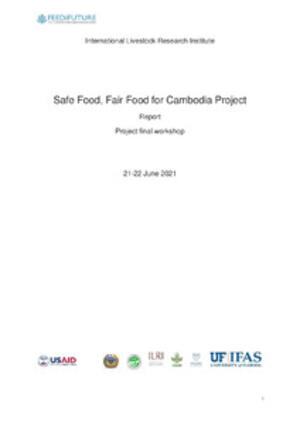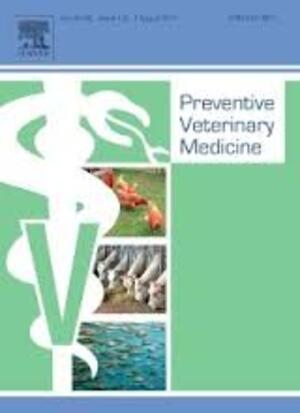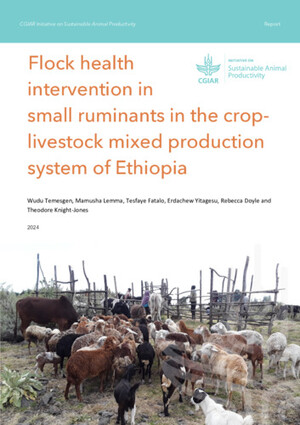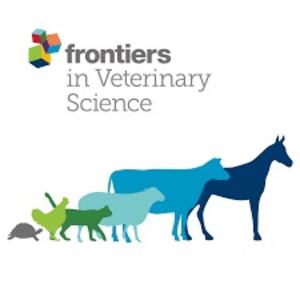
Using participatory epidemiological techniques to estimate the relative incidence and impact on livelihoods of livestock diseases amongst nomadic pastoralists in Turkana South District, Kenya
Abstract
A participatory epidemiological (PE) study was carried out with Turkana pastoralists in Turkana South District, Kenya, to determine the relative incidence of livestock diseases and their impact on livelihoods. A sub-location was used as the sampling unit. A sub-location is the smallest administrative unit and is occupied by clusters of families (called adakars) that share common grazing patterns. A total of 32 sub-locations were randomly selected for the study. At least one focus group discussion involving more than 10 people was held with each adakar. In addition, key informant interviews involving local leaders and animal health service providers were conducted before or after the group sessions. PE techniques that were used with the stock owners include participatory mapping, relative incidence scoring, proportional piling, disease impact matrix scoring, seasonal calendars and probing. The methods used were pre-tested in four sub-locations that were excluded from further study. The study revealed that goats, with median score of 33 (10th and 90th percentiles of 25, 44, respectively) and sheep, median score of 20.5 (15, 26) were perceived to be the most abundant livestock species while goats (median score of 32 [21, 56]) and camels (median score of 22.5 [11, 33]) contributed the most to the livelihoods of the pastoralists. For goats, the overall relative incidence scores of peste des petits ruminants (PPR), contagious caprine pleuropneumonia (CCPP) and mange were 23.5% (15, 34), 25% (21, 45) and 20% (19, 28), respectively. The respective median scores for case fatality rates were 66% (45, 76.5), 62.5% (25, 100) and 73.2% (21.4, 85.7). Disease impact matrix scores indicated that mange was the most important disease of goats. Mange (range: 28–32%) and pox (range: 16–38%) were perceived to be the most prevalent diseases in camels. Livestock movements, limited access to veterinary services and stock theft were identified as key factors that contributed to the high prevalence and persistence of these diseases. This paper discusses strategies that could be used to control these diseases given the challenges associated with nomadic pastoralism and insecurity.
Citation
Bett, B.; Jost, C.; Allport, R.; Mariner, J. 2009. Using participatory epidemiological techniques to estimate the relative incidence and impact on livelihoods of livestock diseases amongst nomadic pastoralists in Turkana South District, Kenya. Preventive Veterinary Medicine 90:194-203.








